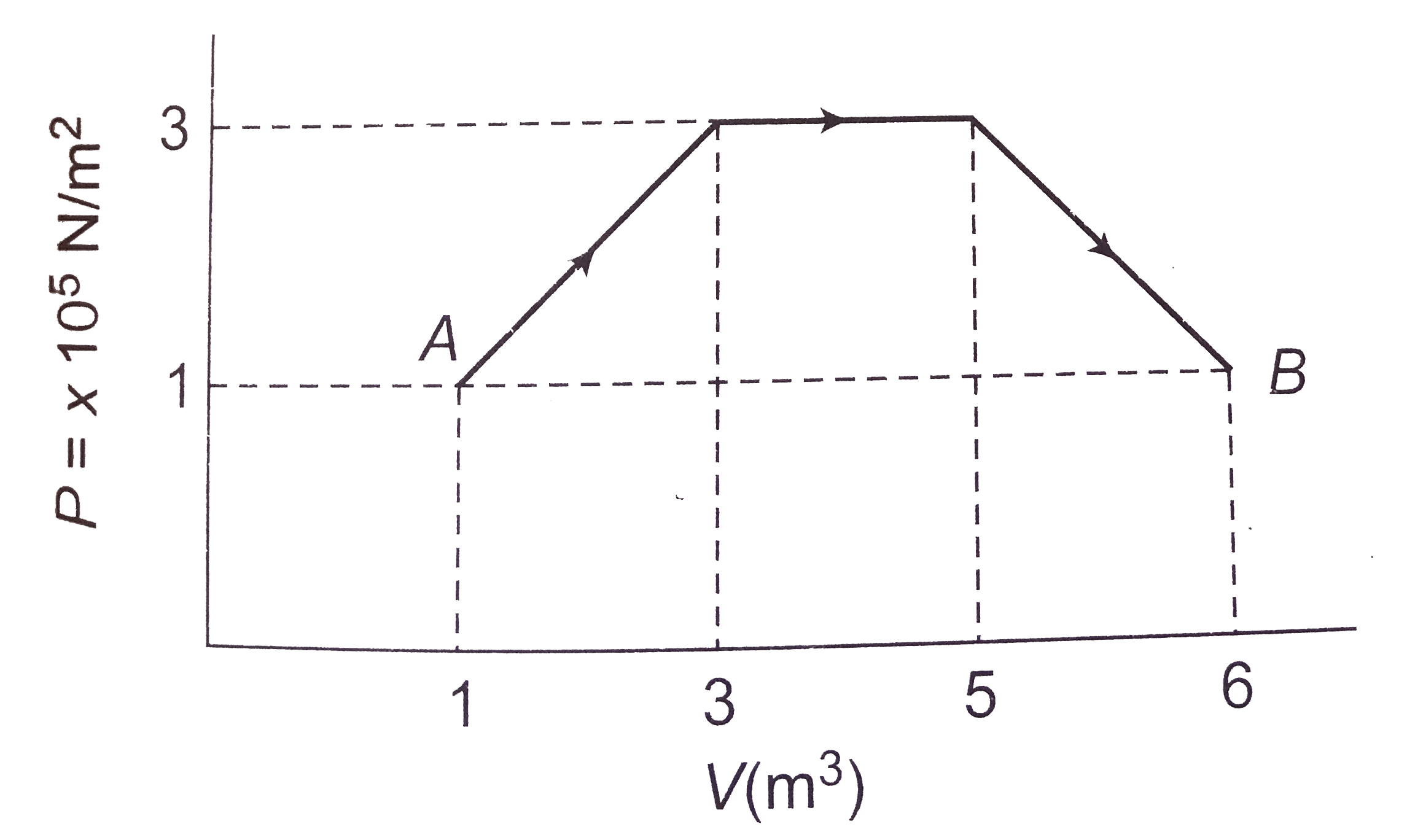If I is the intenisty of an absorbed light and c is the concentration of AB for the photochemical process. AB+hv→AB∗, the rate of formation of AB∗ is directly proportional to
A
c
B
I
C
I2
D
c×I
Video Solution
Text Solution
The correct Answer is:B
For photochemical reactions, the rate of reaction is directly proportional to the intenisty of light.
|
Updated on:21/07/2023
Topper's Solved these Questions
- BOOK - CENGAGE CHEMISTRYCHAPTER - CHEMICAL KINETICSEXERCISE - Archives Integer2videos
CHEMICAL KINETICS
- BOOK - CENGAGE CHEMISTRYCHAPTER - CHEMICAL KINETICSEXERCISE - Archives Fill In The Blanks4videos
CHEMICAL KINETICS
- BOOK - CENGAGE CHEMISTRYCHAPTER - CHEMICAL KINETICSEXERCISE - Archives Multiple Correct5videos
CHEMICAL KINETICS
- BOOK - CENGAGE CHEMISTRYCHAPTER - CARBOXYLIC ACIDS AND THEIR DERIVATIVESEXERCISE - Exercises Archives (Analytical And Descriptive)34videos
CARBOXYLIC ACIDS AND THEIR DERIVATIVES
- BOOK - CENGAGE CHEMISTRYCHAPTER - COORDINATION COMPOUNDSEXERCISE - Archives Subjective18videos
COORDINATION COMPOUNDS
Similar Questions
Knowledge Check
- Question 1 - Select One
If I is the intenisty of an absorbed light and c is the concentration of AB for the photochemical process. AB+hv→AB∗, the rate of formation of AB∗ is directly proportional to
ACBICI2DC.I. - Question 2 - Select One
If I is the intenisty of an absorbed light and c is the concentration of AB for the photochemical process. AB+hv→AB∗, the rate of formation of AB∗ is directly proportional to
ACBICI2DC.I - Question 3 - Select One
If I is the intenisty of an absorbed light and c is the concentration of AB for the photochemical process. AB+hv→AB∗, the rate of formation of AB∗ is directly proportional to
ACBICI2DC−I
If ‘I’ is the intensity of absorbed light and C is the concentration of AB for the photochemical process the rate of formation of A+hv→AB∗ is directly proportional to :
View Solution
The work done in the process AB isView SolutionIn the elementary reaction A+B→AB , if the concentration A and B is doubled , the rate of reaction will
View SolutionIf C is the mid-point of AB and P is any point outside AB, then
View SolutionIf C is the mid-point of AB and P is any point outside AB, then
View Solution

